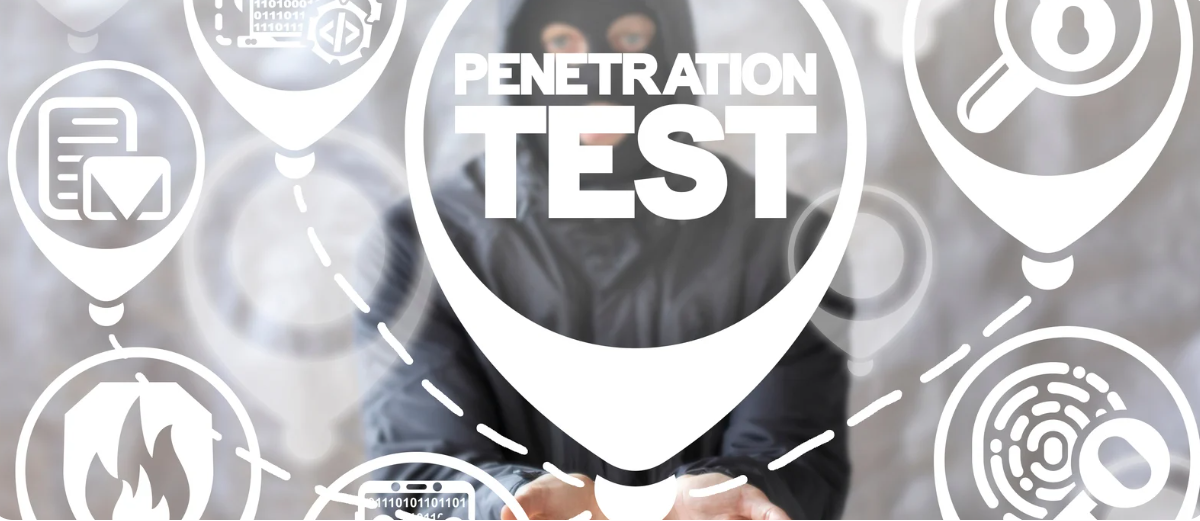5 Steps to Get Ready for a Future with AI
Artificial intelligence (AI) is transforming workplaces, revolutionizing how organizations function and make decisions. Its potential to optimize processes, streamline operations, and enhance customer experiences is clear. However, the risks associated with AI are still emerging. As AI technology integrates more deeply into workplaces nationwide, it is crucial for organizations to understand its limitations, safeguard against legal and reputational risks, and build trust with customers and stakeholders.
This article explores some of the risks of AI use and outlines steps organizations can take to prepare for a future with AI.
The Risks of AI Use
The rapid development of AI has caught many organizations unprepared. Employers must take time to understand the associated risks and carefully implement AI solutions. Some risks of AI use include:
Employee Concerns
The media buzz around AI has raised concerns among employees, especially about job security. AI's capability to automate routine tasks and increase efficiencies can lead to fears of job displacement. Additionally, employees may feel overwhelmed by the need to learn new skills and adapt to new working methods, potentially affecting morale.
Regulatory Issues
Without strict data use policies, AI can produce biased or inaccurate outputs, leading to discrimination issues. The large datasets used by AI systems can also create privacy concerns under regulations like the Personal Information Protection and Electronic Documents Act. Non-compliance with these regulations can result in legal risks and damage public trust.
Cybersecurity Threats
Integrating AI into business processes can increase cyber threats, such as data poisoning. In data poisoning, malicious actors manipulate the data used to train AI tools, influencing the tool’s decision-making. Corrupt training data can cause AI models to learn incorrect or biased information, which can be exploited for malicious purposes. This can lead to stealth attacks, where vulnerabilities created by manipulated training data go undetected during testing but are exploited later.
Harmful Content Generation
AI systems can generate content automatically based on text prompts. Mistakes in these prompts, whether accidental or intentional, can result in harmful outputs. For instance, an AI-generated email might contain offensive language or provide guidance that contradicts company policies.
Steps to Prepare for a Future with AI
To navigate AI evolution and mitigate risks, organizations should consider these five strategies for preparing for widespread AI adoption:
1. Develop Comprehensive Policies
Conduct thorough risk assessments to understand the opportunities and risks presented by AI adoption. Use a SWOT (strengths, weaknesses, opportunities, threats) analysis to inform this process. Develop clear, comprehensive policies that include ethical guidelines, security measures, and regulatory compliance. Involve stakeholders in policy development to gain diverse perspectives. Stay updated on AI trends and adjust policies as needed.
2. Create a Safe Environment
Reduce employee apprehension by fostering a culture where employees feel safe to speak up with ideas, questions, concerns, or mistakes. This psychological safety can improve workforce morale and engagement during AI implementation. Additionally, when employees feel comfortable reporting AI system issues, organizations can address problems early and avoid more significant issues later.
3. Educate Employees
Improve workers’ AI literacy to prevent risk exposures. Training should cover the ethical implications of AI-driven decisions, how to identify harmful AI content, and best practices for cybersecurity.
4. Implement AI Gradually
Adopt AI tools gradually, allowing time for testing and refinement with each system rollout. Rushed implementation can result in algorithm biases and unintended decision-making consequences. It can also lead to employee mistakes if workforce upskilling lags behind AI deployment.
5. Partner with AI Experts
Consider enlisting the help of specialized AI service providers to recommend suitable technologies and assist with implementation.
While AI adoption can automate processes, increase efficiency, and boost productivity, it also presents significant risks. As the AI market continues to grow, organizations must take proactive steps to minimize these risks.






























